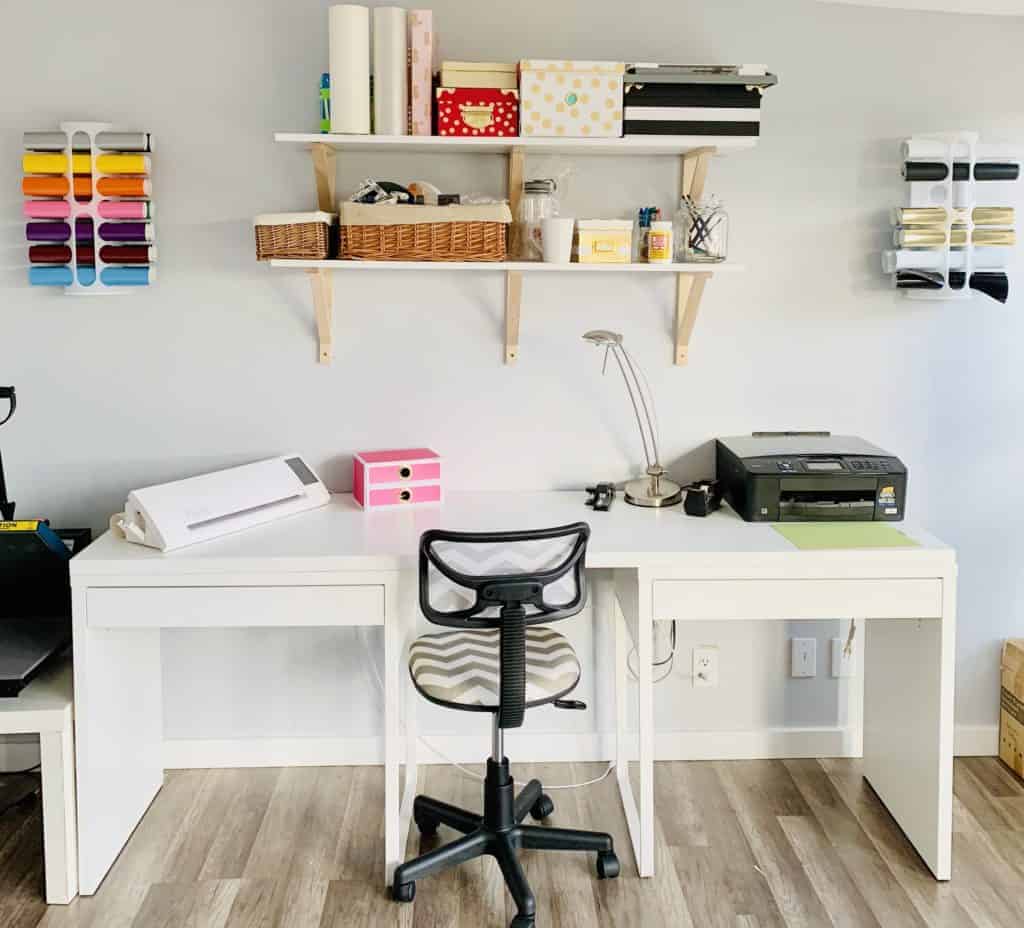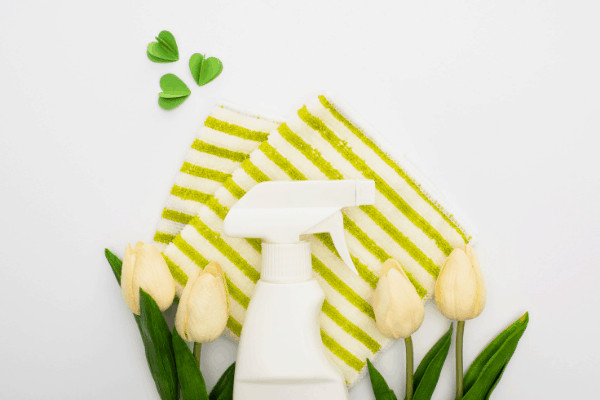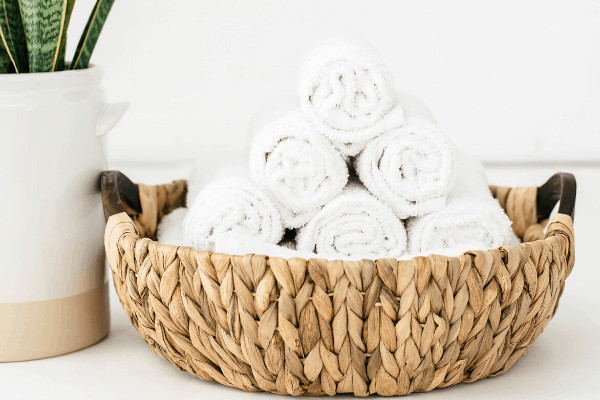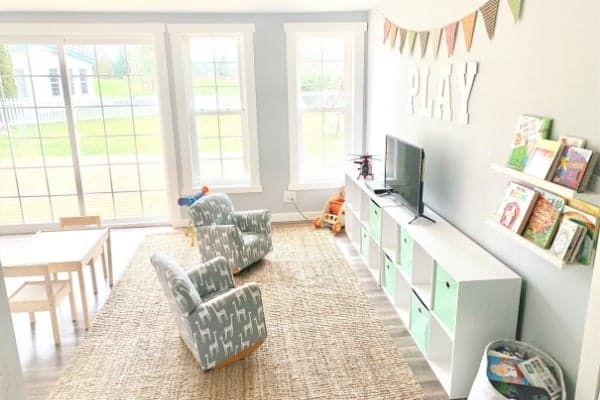Creating a cozy and inviting bedroom retreat is key to achieving restful sleep and relaxation. Your bedroom should be a sanctuary where stress and the outside world melt away. In this guide, we’ll explore six essential tips to transform your bedroom into a comfortable retreat, each with detailed insight, including a focus on selecting the perfect mattress.
1. Choosing the Right Mattress
The cornerstone of a comfortable bedroom is the mattress. It’s not just about having a place to sleep; it’s about ensuring that sleep is restorative and comfortable. A mattress should align with your sleeping habits and physical needs. Side sleepers often benefit from softer mattresses that alleviate pressure points, while back or stomach sleepers may prefer firmer support. Consider the material as well – memory foam contours to your body shape, innerspring offers traditional bounce and support, and hybrids provide a combination of both. Temperature regulation is another key factor; some mattresses have cooling technology, which is beneficial if you tend to overheat at night.
Moreover, don’t overlook the size of the mattress. It should accommodate your height and provide ample space if you share the bed. A good mattress is an investment in your health and well-being, so take the time to research and try out various options before making a decision. If you’re in the market for a high-quality product, check out the catalog at Stearns and Foster. They have a wide variety of products, so finding the best Stearns and Foster mattress for your particular needs wouldn’t be difficult.
2. Optimal Lighting for Relaxation
Lighting profoundly affects the ambiance of your bedroom. It’s not just about being able to see; it’s about creating an environment conducive to relaxation and sleep. Start with natural light; it can boost your mood and help regulate your sleep cycle. During the day, allow as much natural light as possible. As evening approaches, transition to softer, warmer artificial light. Overhead lighting can be bright and harsh; consider installing a dimmer or opting for lower-wattage bulbs. Bedside lamps with warm tones are perfect for winding down before sleep.
Additionally, consider the color temperature of your bulbs – warmer, yellow-toned lights can induce relaxation, whereas cooler, blue-toned lights can mimic daylight and disrupt sleep patterns. Blackout curtains or shades are essential for blocking out street lights and early morning sun, ensuring your sleep environment remains dark and restful. The right lighting setup can transform your bedroom into a peaceful oasis, signaling to your body that it’s time to unwind and rest.
3. Soothing Color Palette
The colors in your bedroom can significantly influence your mood and sleep quality. While personal preference plays a role, certain colors are universally recognized for their calming effects. Soft blues and greens are often associated with tranquility and calm, making them ideal for a bedroom setting. These hues mimic the natural environment, evoking a sense of serenity and peace. Warm neutrals like beige, taupe, or soft grays can create a cozy and comforting atmosphere. Avoid overly bright or stimulating colors like vibrant reds or oranges, which can increase energy levels and make relaxation more difficult. When choosing paint, consider the finish as well; a matte or eggshell finish can soften the look of the walls and contribute to a serene environment. You can also introduce color through bedding, curtains, and decor, allowing for flexibility and seasonal changes. Remember, the goal is to create a space that feels restful and promotes relaxation, so choose colors that make you feel calm and at ease.
4. Comfortable Bedding
Quality bedding is essential for a comfortable bedroom retreat. The right sheets, pillows, and comforters can make a significant difference in your sleep experience. Look for sheets with a high thread count for softness and durability, and choose materials that suit your climate and personal preferences. Natural fibers like cotton or bamboo are breathable and regulate temperature well, making them ideal for both warm and cool sleepers. Your pillow choice is also crucial; it should support your neck and spine alignment. Memory foam, down, or down-alternative options are popular choices, each offering different levels of firmness and support. For comforters or duvets, consider the filling and weight. A heavier comforter might be perfect for colder months, while a lighter one is better for summer. Layering is key; add a quilt or throw blanket for extra warmth and texture. Additionally, invest in a mattress topper for added comfort and support. Bedding isn’t just functional; it’s a simple way to add color, texture, and personality to your bedroom, enhancing the overall comfort and aesthetic appeal.
5. Clutter-Free Environment
A cluttered bedroom can lead to a cluttered mind, disrupting relaxation and sleep. To create a serene bedroom retreat, it’s essential to minimize clutter and maintain organization. Start by decluttering – remove items that don’t belong in the bedroom, like work materials, excess furniture, or unused exercise equipment. Implement storage solutions that keep your belongings out of sight but easily accessible. Under-bed storage boxes, closet organizers, and bedside tables with drawers can help keep the room tidy. Regularly organize your wardrobe and personal items to prevent the accumulation of clutter. Be mindful of surface clutter; a few decorative items can add personality, but too many can make the space feel cramped and chaotic. Keep the top of your dresser and nightstand clear, except for a few essentials like a lamp or alarm clock. Embrace a minimalist approach to decor, choosing a few meaningful items over many random ones. A clutter-free environment not only looks more inviting but also promotes a sense of calm and order, making it easier to relax and unwind at the end of the day.
6. Personalized Decor
Personalizing your bedroom is key to creating a space that reflects your personality and feels uniquely yours. This doesn’t mean overcrowding the room with items but carefully selecting pieces that resonate with your style and interests. Start with artwork or photographs that bring you joy or evoke pleasant memories. These can be hung on the walls or displayed on shelves. Consider the framing and placement to ensure they complement the room’s aesthetic. Incorporate decorative items like vases, candles, or keepsakes that have personal significance. These touches add character and warmth to your space. Choose bedding and curtains that reflect your personal style, whether it’s bold patterns, neutral tones, or bright colors. Textiles are an easy way to add personality without permanent changes. If you have a favorite hobby or interest, find subtle ways to incorporate it into the decor, such as books on a bedside table or a small collection on a shelf. Remember, the goal is to create a space that feels authentically you, a place where you can fully relax and feel at ease.
Conclusion
Transforming your bedroom into a comfortable retreat is about more than aesthetics. It’s about creating a space that caters to your relaxation needs, from the right mattress to the absence of technology. Implementing these ten tips will help you create a sanctuary that promotes restful sleep and peaceful relaxation.





